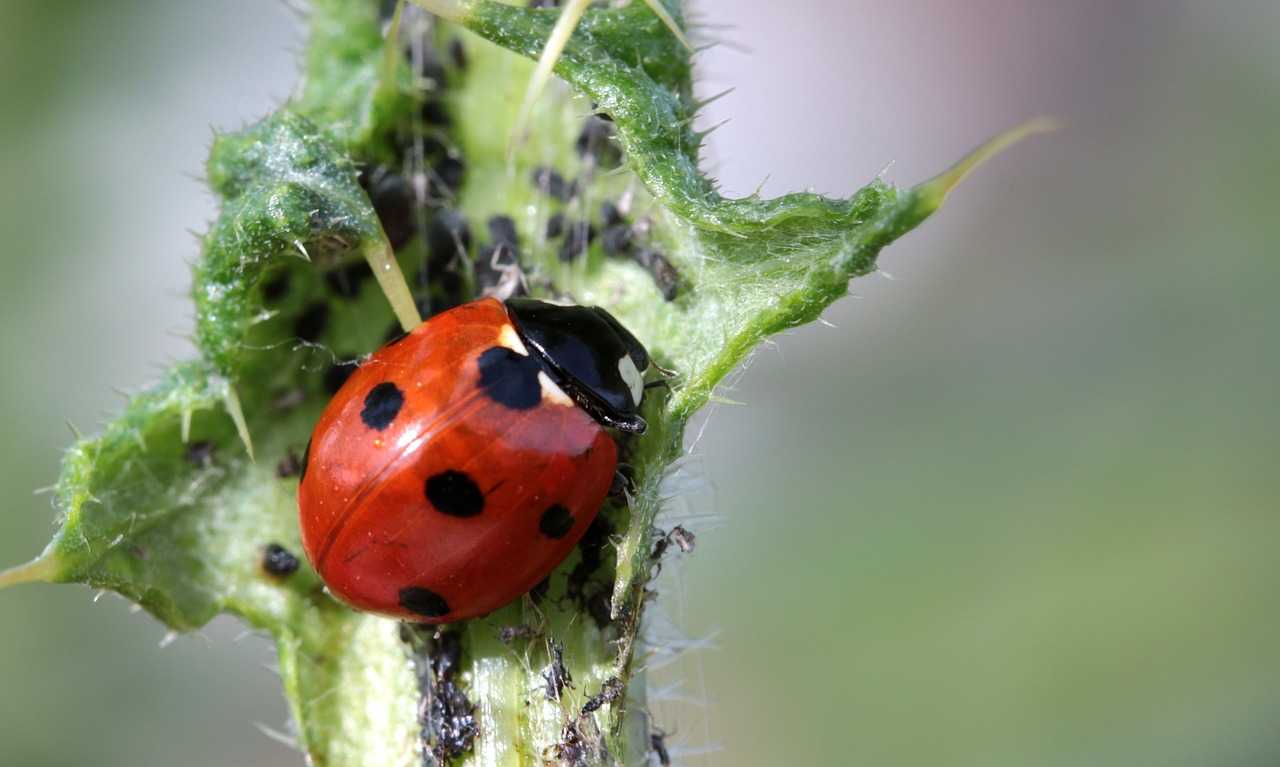
Pest
Homeowners often experience their worst nightmares through pest infestations: these not only cause property damage, but also pose health risks to residents. However–and this is a key point–with proactive measures and some basic know-how; one can effectively prevent home invasions by pests without calling upon professional exterminators. Consider the following DIY pest prevention tips as your first step towards taking control over your domicile’s management of these unwelcome visitors.
Identify Common Pests
Familiarize yourself with the prevalent types of pests that infiltrate homes in your area before you implement any pest prevention measures. Common household intruders comprise ants, cockroaches, rodents, spiders and flies. Comprehending these pests’ behavior and habits allows for a more precise tailoring of your prevention efforts; thus targeting specific vulnerabilities and entry points becomes increasingly effective.
Maintain Cleanliness and Hygiene
Maintaining cleanliness and adhering to good hygiene practices represent some of the most effective strategies for preventing pest infestations in your home. Clean and declutter your living spaces on a regular basis, with heightened attention directed towards areas designated for food storage or preparation. Ensure tight sealing of food containers, promptly address any spills, and deposit garbage in sealed bins as part of an ongoing routine. You can create a less attractive environment to pests by removing potential food sources and eliminating clutter.
Seal Entry Points
Tiny cracks, gaps, and openings in walls, doors, windows, and foundations serve as potential entry points for pests into your home. Conduct a meticulous inspection of your residence to identify these possible ingress areas; subsequently seal any discovered gaps or cracks with suitable materials such as caulk or weather stripping. Devote particular attention to the regions surrounding utility lines: pipes–and vents especially; pests often target these sections as their common entry points. Seal off access points to prevent pests from entering and establishing infestations.
Maintain Outdoor Spaces
Improper maintenance of your outdoor environment can attract pests into your home. Eliminate hiding places for rodents and insects, such as vegetation that is not properly trimmed away from the exterior of your home. You should also remove potential nesting sites like debris, woodpiles etcetera from your yard; they may harbor pests and provide them with easy access to penetrate inside the house. Ensure you tightly seal outdoor garbage bins to thwart pests’ food-scavenging efforts.
Implement Natural Pest Deterrents
Several natural substances and remedies, in fact, can deter pests from infiltrating your home: peppermint oil; vinegar; and citrus peels–all serve as potent natural repellents that discourage ants, spiders–along with other unwelcome guests. If you sprinkle diatomaceous earth or boric acid around entry points—it will aid in controlling crawling insects. Likewise for planting pest-repelling herbs like lavender, rosemary and basil near your residence—they act as a deterrent to approaching pests.
Use Traps and Barriers
Traps and barriers, in addition to preventive measures, can serve as potent tools for home pest control. Strategically place sticky traps or bait stations along baseboards–near entry points and within cabinets: these are areas where pests typically travel. To fortify your defense against invading critters install door sweeps; moreover, secure screens on windows and doors. Strategically deploying traps and barriers allows you to preemptively capture pests, mitigating potential escalation into a more substantial problem.
Monitor and Take Action
Essential to the early detection and appropriate addressing of pest activity, regular monitoring proves indispensable. Be vigilant for tell-tale signs: droppings; gnaw marks – even unusual odors may indicate a potential infestation. Should you observe any indicators of pest activity – take immediate action. Whether this involves implementing further preventive measures, employing traps or barriers – or seeking professional assistance if necessary: act promptly to address the issue at hand.
DIY pest control is cost-effective and efficient for a pest-free home: identify pests, keep clean, and seal entrances. Regular gardening reduces infestation risks. Natural repellents, traps, and alertness protect your home, preventing infestations and ensuring a pest-free environment for all.





